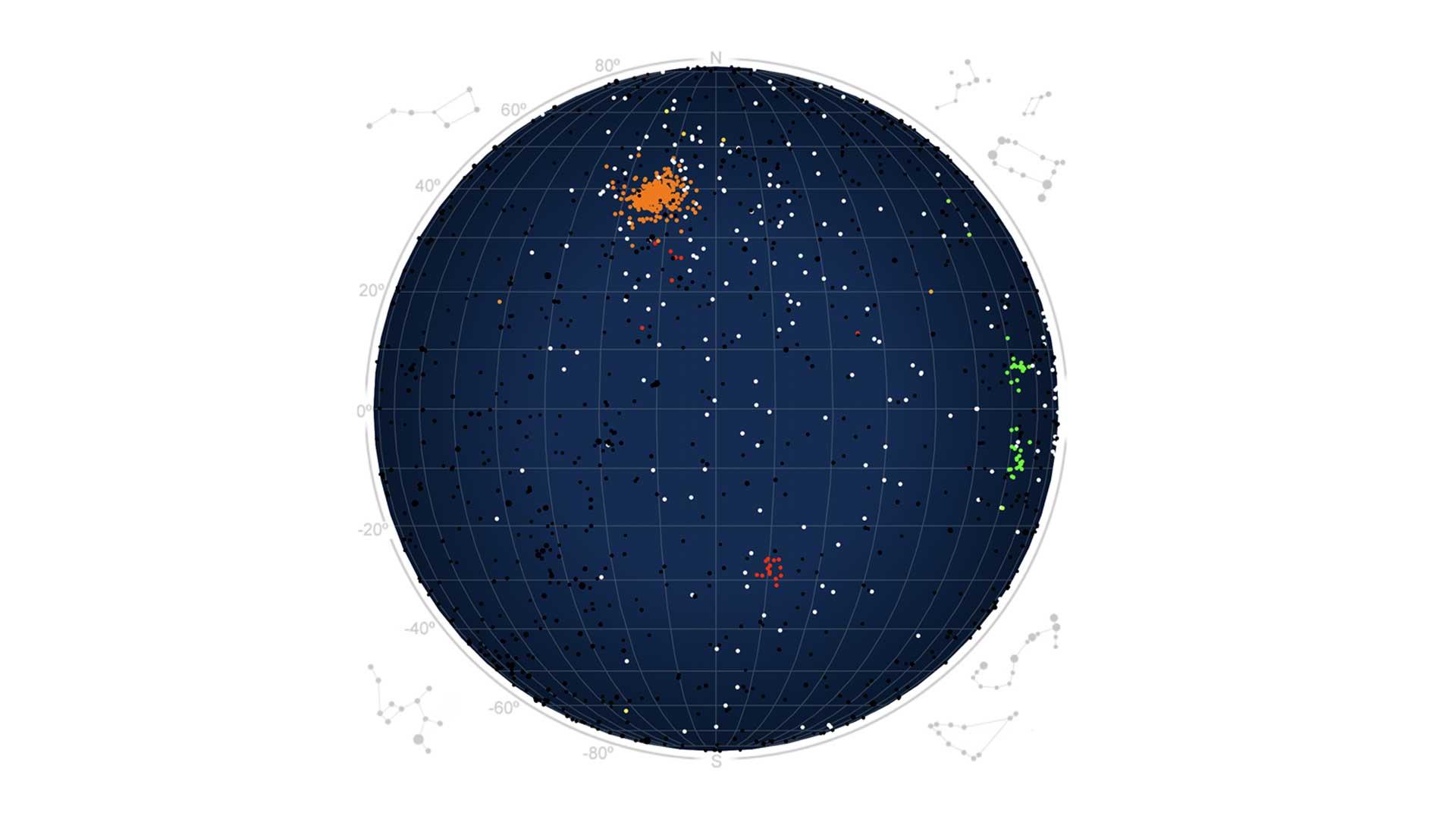This weekend's Perseids promise to be exceptional because the Moon will not dim the display.

This weekend's Perseids promise to be exceptional because the Moon will not dim the display. For observers in the United States, the most interesting time to watch, perhaps, is on Sunday evening, August 12, when the meteoroids enter the atmosphere at a shallow angle, creating long streaks. Highest rates are in the early morning hours on Saturday, Sunday and Monday.
"The Perseids are a great summer entertainment to experience our presence in the Universe," says Peter Jenniskens, a meteor astronomer with the SETI Institute.
The Perseids are not the only active meteor shower. Look for meteors that do not come from the constellation Perseus.
Jenniskens runs a network of low-light video cameras, called CAMS, that keep a constant watch on the night sky. Those meteors that are filmed at more than one site are triangulated to calculate their direction and speed. The data from last night are shown at this website:
The site shows the celestial sphere (with the constellations of stars as black points). Rotate the sphere with your cursor. Fast shower meteors are colored red, blue are slow showers, while those not yet assigned to showers are in white. Click on any point to see the shower orbits in space as measured by CAMS in past years.





